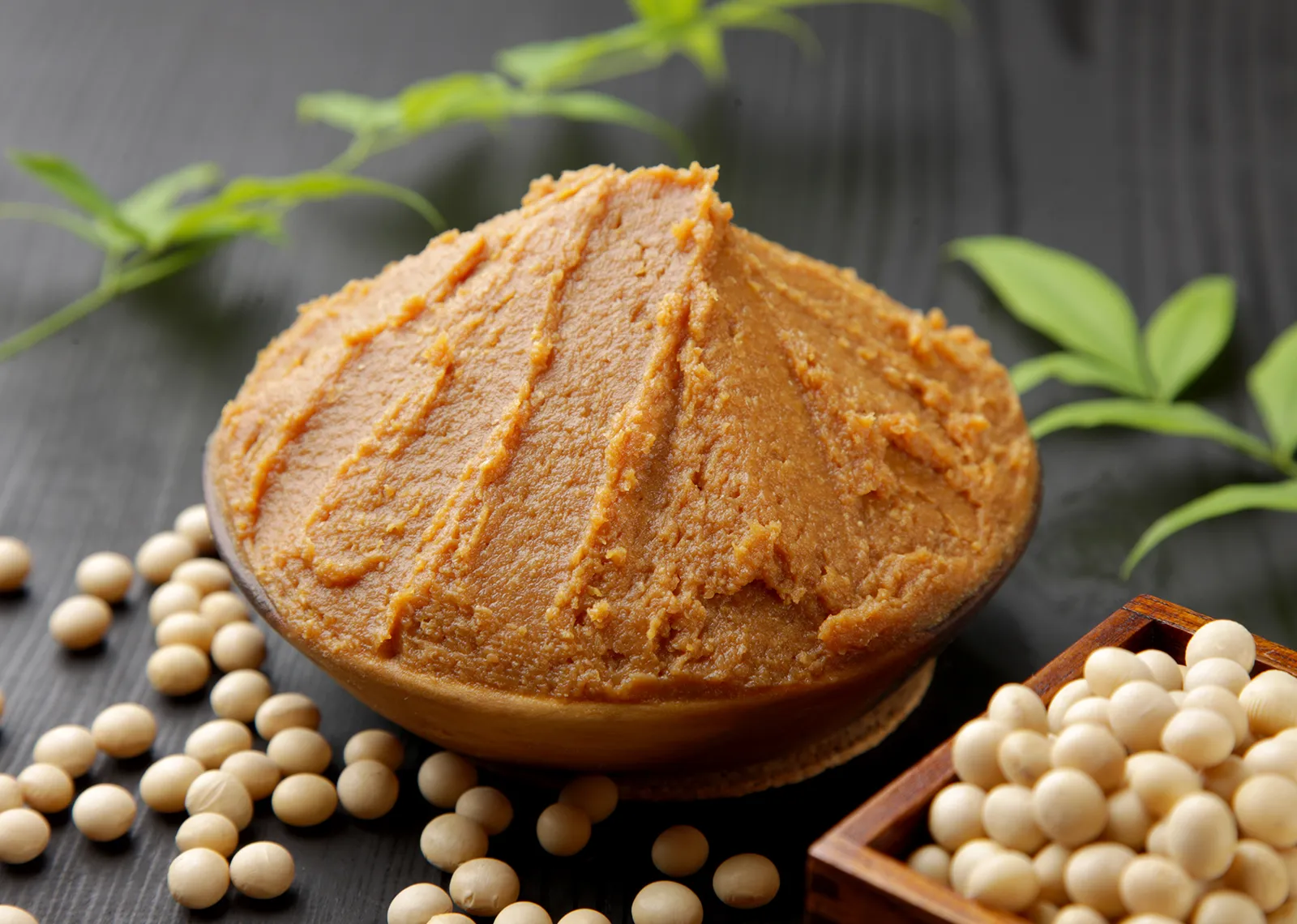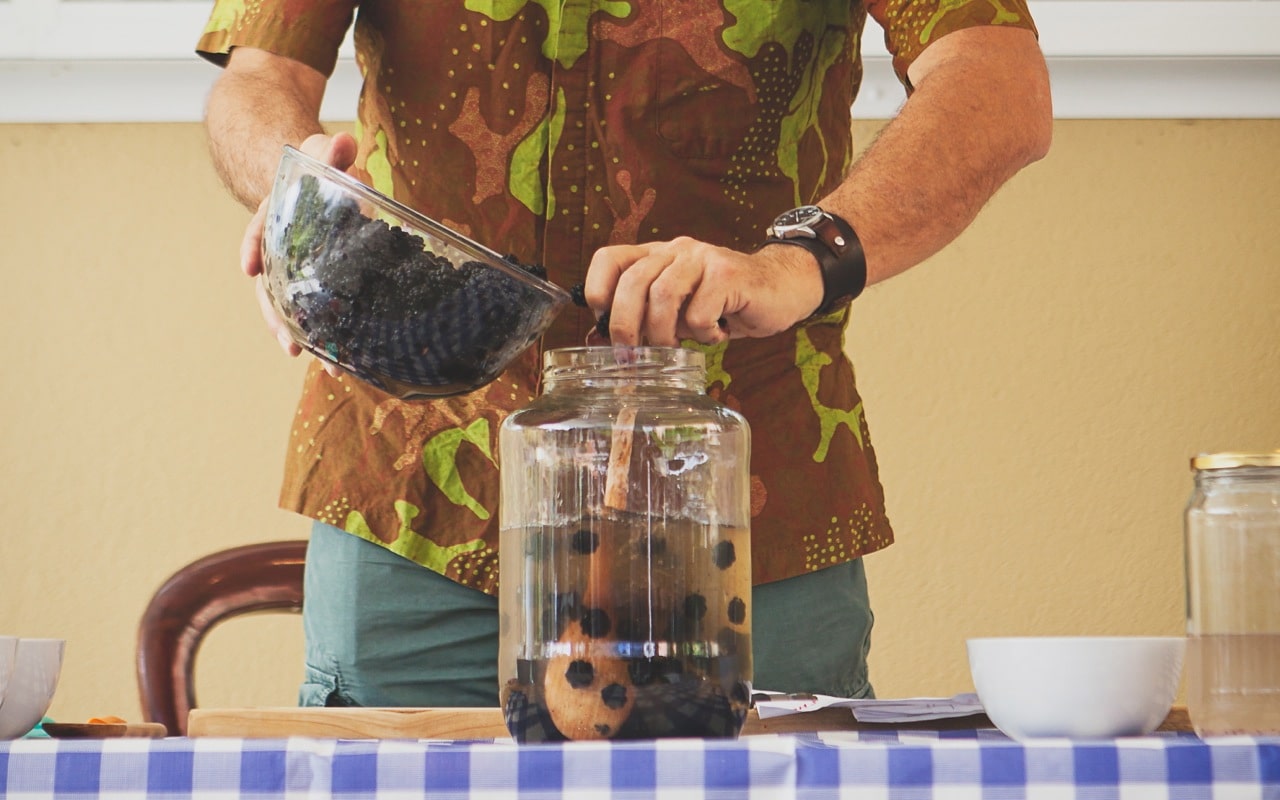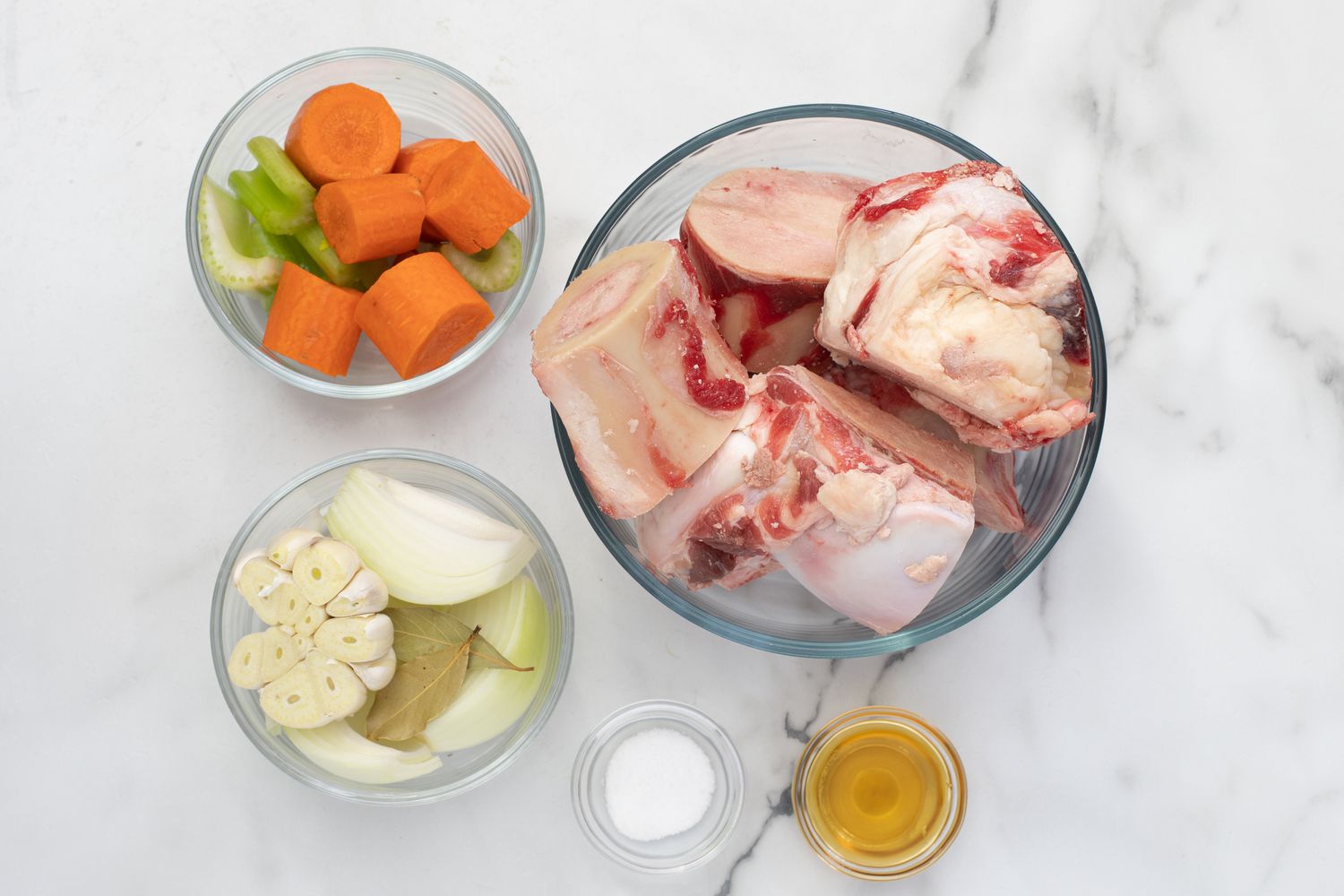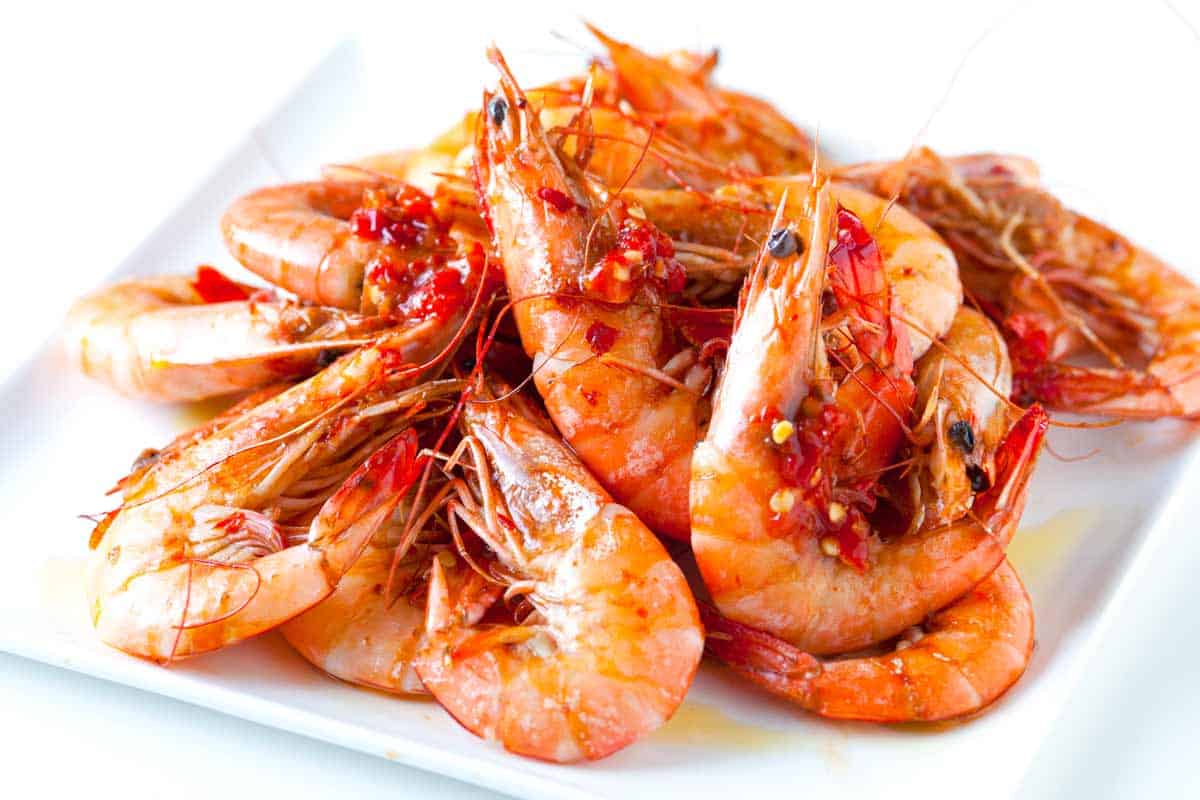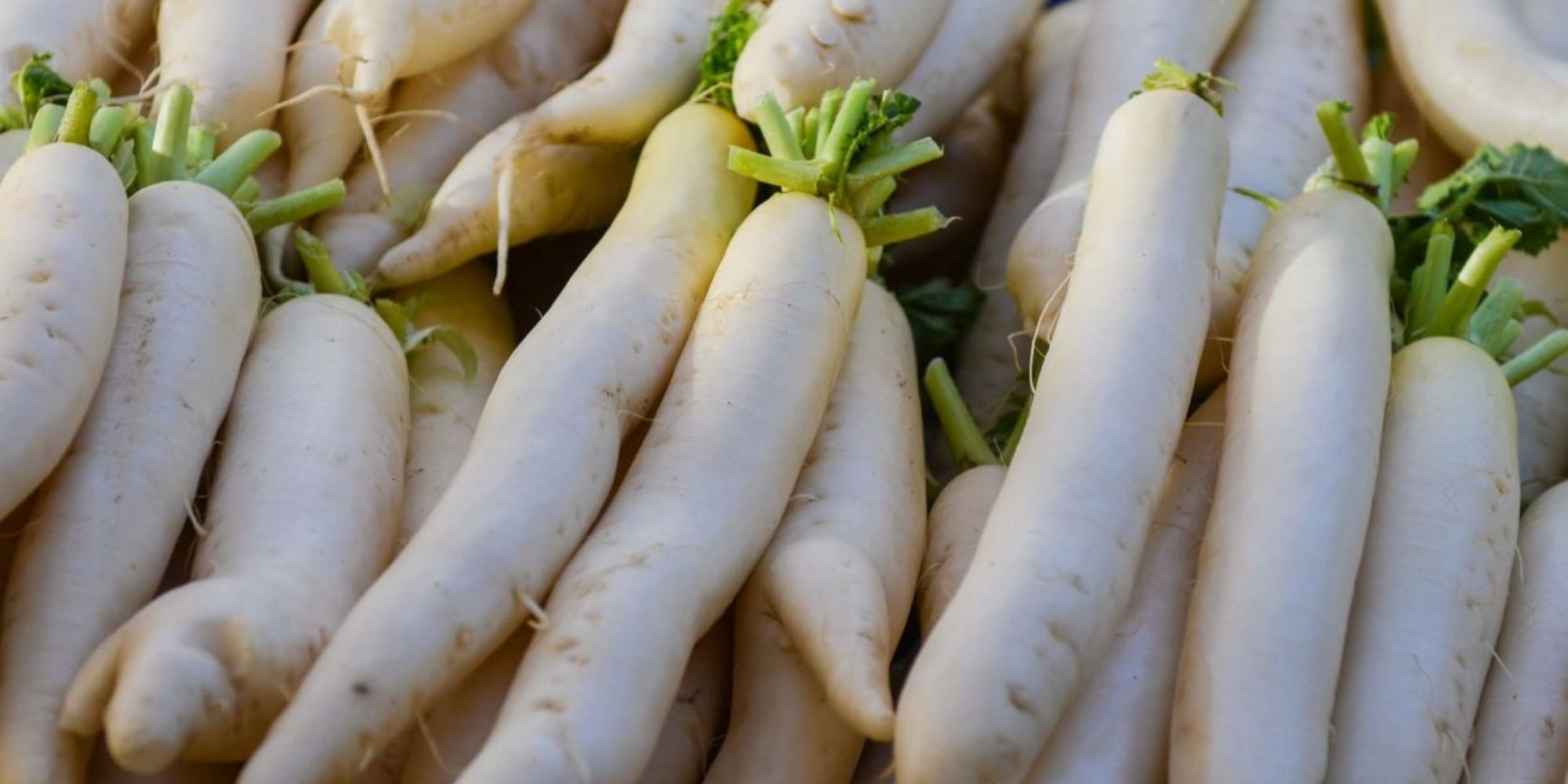Enjoying Fermented Foods Without Excessive Sodium
Fermented foods are a delicious and nutritious addition to any diet. From tangy sauerkraut to zesty kimchi, these foods are packed with probiotics that support gut health and overall well-being. However, some people may be concerned about the sodium content in fermented foods, especially if they are watching their salt intake. The good news is that there are ways to enjoy fermented foods without consuming too much sodium.
Choose Low-Sodium Options
When shopping for fermented foods, look for low-sodium or reduced-sodium varieties. Many brands offer these options, which can significantly decrease the amount of salt in the final product. Check the labels and opt for products that contain reduced sodium or are labeled as low-sodium.
Make Your Own Fermented Foods
One way to control the sodium content in fermented foods is to make them at home. When you prepare fermented foods from scratch, you have the freedom to adjust the amount of salt used in the recipe. There are plenty of resources available online that provide recipes for homemade fermented foods with lower sodium levels.
Rinse Before Eating
If you have store-bought fermented foods that are higher in sodium, you can reduce the salt content by rinsing them before consuming. For example, if you have a jar of pickles, simply rinse them under cold water before eating. This can help remove some of the excess salt on the surface of the food.
Pair with Low-Sodium Foods
Another strategy for enjoying fermented foods without consuming too much sodium is to pair them with low-sodium foods. For example, you can enjoy sauerkraut with steamed vegetables or add a small portion of kimchi to a salad with fresh greens. By combining fermented foods with low-sodium options, you can create a balanced meal that is not overly salty.
Monitor Portion Sizes
While fermented foods can be a healthy addition to your diet, it’s important to be mindful of portion sizes, especially if you are concerned about sodium intake. Enjoying these foods in moderation can help you avoid consuming too much salt. Be mindful of serving sizes and listen to your body’s hunger and fullness cues.
Experiment with Different Varieties
Not all fermented foods are high in sodium. Experiment with different varieties to find options that are lower in salt. For example, miso, a fermented soybean paste often used in Japanese cuisine, can be a flavorful and lower-sodium alternative to other fermented foods. Broaden your palate and explore the diverse world of fermented foods.
Conclusion
Enjoying fermented foods without getting too much sodium is possible with a few simple strategies. By choosing low-sodium options, making your own fermented foods, rinsing before eating, pairing with low-sodium foods, monitoring portion sizes, and experimenting with different varieties, you can savor the benefits of fermented foods without worrying about excessive salt intake. With these tips in mind, you can confidently incorporate fermented foods into your diet while maintaining a balanced approach to sodium consumption.
